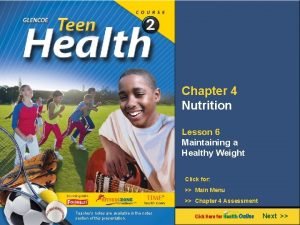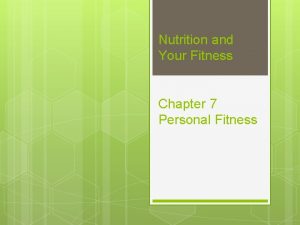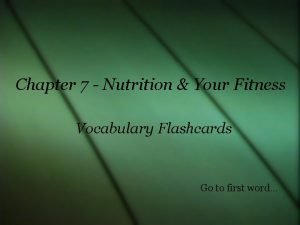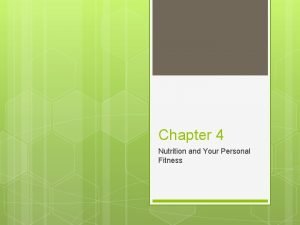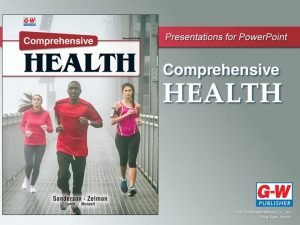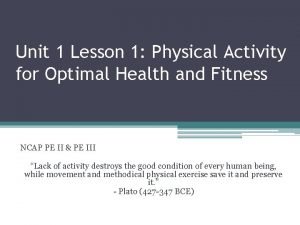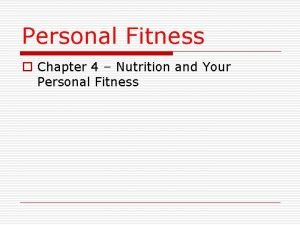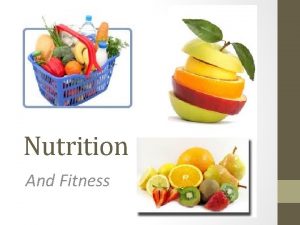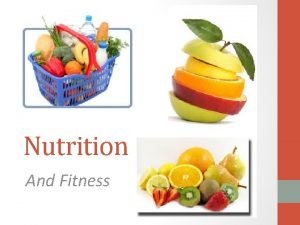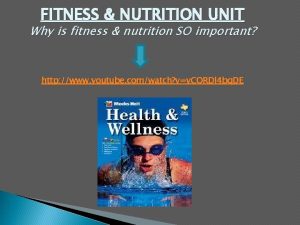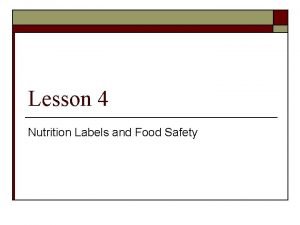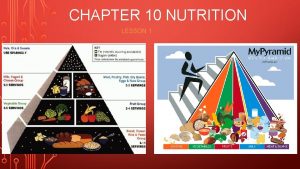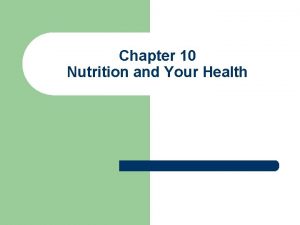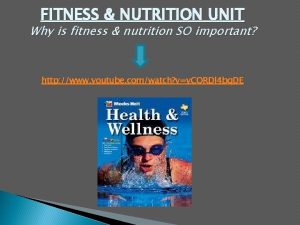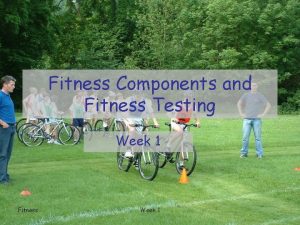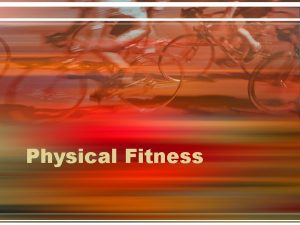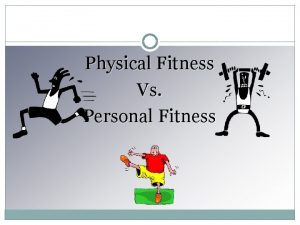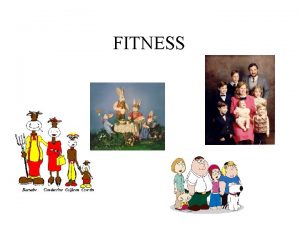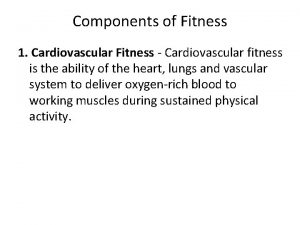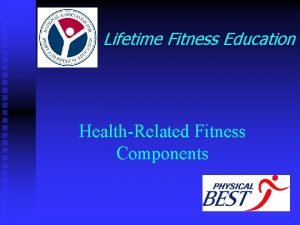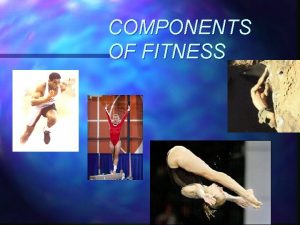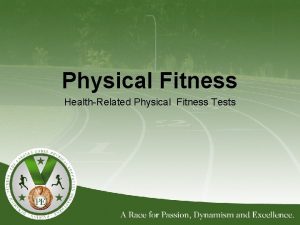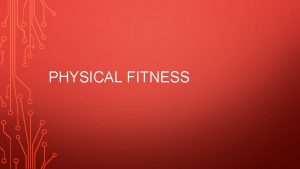Unit 2 Lesson 3 Nutrition and Fitness Copyright



















- Slides: 19

Unit 2 Lesson 3 Nutrition and Fitness Copyright © Houghton Mifflin Harcourt Publishing Company

Unit 2 Lesson 3 Nutrition and Fitness Nutrient Power What are the six classes of nutrients? • Nutrition is the study of food and the ways in which the body uses food. • Nutrients are substances that provide energy or help form body tissues. • The six classes of nutrients are carbohydrates, proteins, fats, vitamins, minerals, and water. Copyright © Houghton Mifflin Harcourt Publishing Company

Unit 2 Lesson 3 Nutrition and Fitness What are the six classes of nutrients? • Simple carbohydrates, such as sugar and honey, give you quick energy. They are made up of one or two sugar molecules. • Complex carbohydrates, such as bread and grains, are made up of many sugar molecules. They give you long-lasting energy. Copyright © Houghton Mifflin Harcourt Publishing Company

Unit 2 Lesson 3 Nutrition and Fitness What are the six classes of nutrients? • Proteins are nutrients used to build, regulate, and repair your body. • Skin, muscles, blood, and all tissue contain proteins. • Proteins are made up of amino acids. • Common proteins are poultry, fish, milk, beans, and eggs. Copyright © Houghton Mifflin Harcourt Publishing Company

Unit 2 Lesson 3 Nutrition and Fitness What are the six classes of nutrients? • Fats are used by the body as a source of energy and as a way to store energy. • Fats contain more energy than carbohydrates and proteins contain. • Fats also store and transport some vitamins, produce hormones, and make cell membranes. • Meat, dairy products, vegetable oils, and fish all are sources of fat. Copyright © Houghton Mifflin Harcourt Publishing Company

Unit 2 Lesson 3 Nutrition and Fitness What are the six classes of nutrients? • Water makes up 60% of the body. • Water is found inside and around cells. • Water is needed for nearly all of the life processes. • Juices, soups, milk, fruits, and vegetables are additional sources of water. Copyright © Houghton Mifflin Harcourt Publishing Company

Unit 2 Lesson 3 Nutrition and Fitness What are the six classes of nutrients? • Vitamins are nutrients that help the body carry out specific functions, such as chemical reactions in the body. • The body can make some vitamins. Other vitamins are obtained through food. • Minerals are chemical elements not made by the body. • They are required for nervous system function and form important parts of many cell structures. Copyright © Houghton Mifflin Harcourt Publishing Company

Unit 2 Lesson 3 Nutrition and Fitness Let’s Eat! What can you use to choose a healthful diet? • A person’s diet is the type and amount of food a person eats. • A healthy diet includes a balance of all the essential nutrients. • The levels of nutrients depend on age, sex, and how active a person is. • The amount of energy a person gets from food is measures in calories. Copyright © Houghton Mifflin Harcourt Publishing Company

Unit 2 Lesson 3 Nutrition and Fitness What can you use to choose a healthful diet? • Nutrition Facts labels show the amounts of certain nutrients in one serving of food. Packages sometimes contain more than one serving. • The U. S. recommended daily allowances (RDAs) are the recommended nutrient intakes that will meet the needs of most healthy people. • These are based on a diet consisting of 2, 000 calories per day. Copyright © Houghton Mifflin Harcourt Publishing Company

Unit 2 Lesson 3 Nutrition and Fitness What can you use to choose a healthful diet? • What kind of information can you find on a Nutrition Facts label? Copyright © Houghton Mifflin Harcourt Publishing Company

Unit 2 Lesson 3 Nutrition and Fitness What can you use to choose a healthful diet? • The United States Department of Agriculture created My. Pyramid as a tool to help people make healthy food choices. • It shows the amount of food from the 6 food groups that people should eat each day. Copyright © Houghton Mifflin Harcourt Publishing Company

Unit 2 Lesson 3 Nutrition and Fitness Let’s Stay Healthy! What are the health consequences of poor nutrition? • Health problems result from eating too much food, not enough food, or not enough specific nutrients. • Being overweight means a person is heavy for his or height and has excess stored fat. Copyright © Houghton Mifflin Harcourt Publishing Company

Unit 2 Lesson 3 Nutrition and Fitness What are the health consequences of poor nutrition? • Obesity happens when a person weighs more than 20% above his or her recommended body weight. • Obesity increases the risk of health conditions like high blood pressure, cardiovascular disease, and diabetes. Copyright © Houghton Mifflin Harcourt Publishing Company

Unit 2 Lesson 3 Nutrition and Fitness What are eating disorders? • People who do not get enough calories can suffer from starvation or malnutrition. • Malnutrition comes from a diet that lacks certain nutrients. A body suffering from malnutrition will not be able to perform certain function, and may be exposed to serious illnesses. • An eating disorder is a disease in which a person has an unhealthy concern for his or her body shape and weight. Copyright © Houghton Mifflin Harcourt Publishing Company

Unit 2 Lesson 3 Nutrition and Fitness What are eating disorders? • Anorexia nervosa consists of self-starvation and an intense fear of gaining weight. • Bulimia nervosa consists of binge eating followed by induced vomiting or the use of laxatives or diuretics. This damages teeth, the kidneys, and the digestive system. • Both disorders cause weak bones, low blood pressure, and heart problems. These diseases can become fatal. Copyright © Houghton Mifflin Harcourt Publishing Company

Unit 2 Lesson 3 Nutrition and Fitness What is the relationship between nutrition and health? • Good nutrition can lead to good health. • By eating a balanced diet, drinking water, and getting the right amount of calories, a person can lower cholesterol levels and prevent some diseases. • Good nutrition helps to maintain a healthy weight and to increase energy. Copyright © Houghton Mifflin Harcourt Publishing Company

Unit 2 Lesson 3 Nutrition and Fitness Let’s Get Fit! What are the health benefits of exercise? • The ability to perform daily physical activities without becoming short of breath, sore, or overly tired is called physical fitness. • Exercise is any physical activity that helps keep you physically fit. • Exercise helps build muscle, strengthen bone, raise metabolism, and develop cardiovascular and respiratory endurance. Copyright © Houghton Mifflin Harcourt Publishing Company

Unit 2 Lesson 3 Nutrition and Fitness What are two types of exercise? • Aerobic exercise raises the heart and breathing rates. • This increases the level of oxygen in the muscles and allows energy to be released from food. • Aerobic exercises strengthen the heart, lungs, muscles, bones, and immune system. • Walking briskly, running and swimming are aerobic exercises. Copyright © Houghton Mifflin Harcourt Publishing Company

Unit 2 Lesson 3 Nutrition and Fitness What are two types of exercise? • Anaerobic exercise involves intense muscle activity for a short time. • Oxygen levels are not increased, so muscle cells release energy without oxygen. • Weightlifting, wrestling, and sprinting are anaerobic exercises. • Anaerobic exercises build muscle mass and strength. Copyright © Houghton Mifflin Harcourt Publishing Company
 Unit 3 lesson 6 anorexia nervosa and bulimia
Unit 3 lesson 6 anorexia nervosa and bulimia Chapter 7 nutrition and your fitness
Chapter 7 nutrition and your fitness Fitness chapter 7
Fitness chapter 7 Chapter 4 nutrition and your personal fitness
Chapter 4 nutrition and your personal fitness Seven nutrition and fitness
Seven nutrition and fitness Skill related fitness
Skill related fitness Unit 3 nutrition lesson 4 weight control
Unit 3 nutrition lesson 4 weight control Unit 1 lesson 1 the importance of fitness
Unit 1 lesson 1 the importance of fitness Fitness & nutrition
Fitness & nutrition Deakin star timetable
Deakin star timetable Fitness & nutrition
Fitness & nutrition Fitness & nutrition
Fitness & nutrition Fitness & nutrition
Fitness & nutrition Fitness & nutrition
Fitness & nutrition Fitness & nutrition
Fitness & nutrition Unit 4 lesson 7 right triangles and trigonometry unit test
Unit 4 lesson 7 right triangles and trigonometry unit test Datingoo
Datingoo Chapter 10 lesson 4 nutrition labels and food safety
Chapter 10 lesson 4 nutrition labels and food safety Chapter 10 lesson 4 nutrition labels and food safety
Chapter 10 lesson 4 nutrition labels and food safety Chapter 12 lesson 3 planning a personal activity program
Chapter 12 lesson 3 planning a personal activity program
